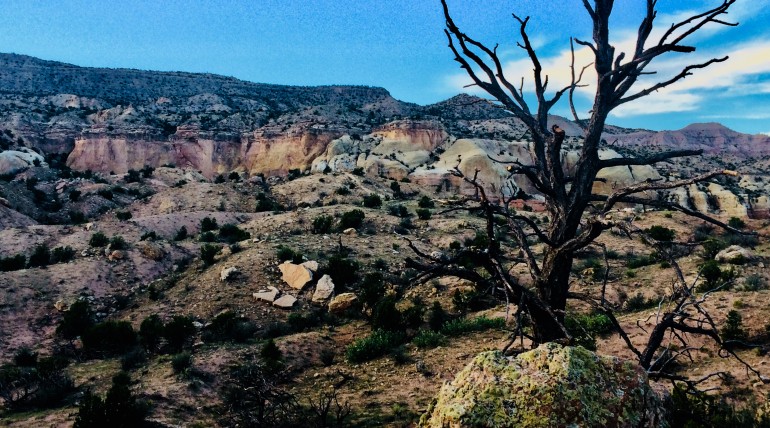This blog is adapted from a daily talk given at reflectivemeditation.org/dailyonline. Sessions run 9–10am PT and include a short talk, silent meditation, and group reflection.
A small anniversary, a living book
On Memorial Day, we marked the U.S. release anniversary of the book Nelly and I co-authored, Reflective Meditation: Cultivating Kindness and Curiosity in the Buddhist Company. First published on May 26, 2023, it’s now two years old—and still alive in our practice. Yesterday Nelly spoke about how the book lives on; today I’m sharing what still feels alive for me: alert, animated, and swarming.
When teachings animate
After a podcast, someone asked if they could use the name Reflective Meditation for their (different) relational practice—speaking experience aloud as it happens. Values overlapped: collaboration, honesty, experience. Yet the practice itself felt distinct from ours. That one question lit up the teachings: my mind went alive—alert, active—swarming with everything we wrote about how to discern similarity from difference.
Overlaps & distinctions (discernment as a practice)
Throughout the book we use the language of overlaps and distinctions to cultivate discernment, a factor of awakening. We compared psychotherapy with Reflective Meditation, and I’ve also been exploring overlaps/distinctions with 12-step work. We encourage you to do the same with Buddhist views and your own: don’t adopt a teaching because a partner, doctor, or scripture says it’s “good for you.” Let experience show you what actually helps.
Attribution: the middle way of “who said it”
Our introduction surprised us by becoming a meditation on attribution. Wisdom was arising from conversations—many voices, not one—and it mattered that those voices not be overlooked. Being misunderstood or rendered invisible is a kind of dukkha we don’t want to pass along. So we wrote with a blended voice and, when needed, pulled threads apart to name sources and perspectives. Attribution, for us, is a flexible middle way: enough credit to honor labor and lineage, not so much that it freezes the living conversation.
A provisional fourth mark: we have needs
Alongside impermanence, not-self, and suffering, we added a provisional fourth mark: we have needs. Safety, recognition, trust—these are real. In practice, some neediness softens or even dissolves, but we don’t hold up “having no needs” as a spiritual badge. Unrecognized needs can distort power; disregarding human needs—especially in places of power—leads to tangles we’d rather not replicate in Dharma spaces. Our aspiration is an allyship with diverse voices and experiences, knowing it’s challenging to hold differences on one path.
Why we protected the name
In the end, we didn’t loan out our name. Instead, we began the (long) process of trademarking Reflective Meditation—not to corporatize the practice, but to clarify it and protect it from confusion, so it can stay alive and thrive. A sangha member even donated the filing fee. It’s another example of how teachings become animated when they meet real conditions.
Freedom as “easy in your harness”
What inspires me most is noticing how the book keeps being useful in ordinary life. Freedom here isn’t a dramatic escape; it’s, as Robert Frost put it, being easy in your harness—capable, creative, oriented, even while yoked to responsibilities and relationships.
Ritual of Reflection
If you’d like, bring to mind one place where your practice currently feels alive—alert, animated, even swarming. Without organizing it, notice what matters there and how a small thread of ease appears when you acknowledge it.


